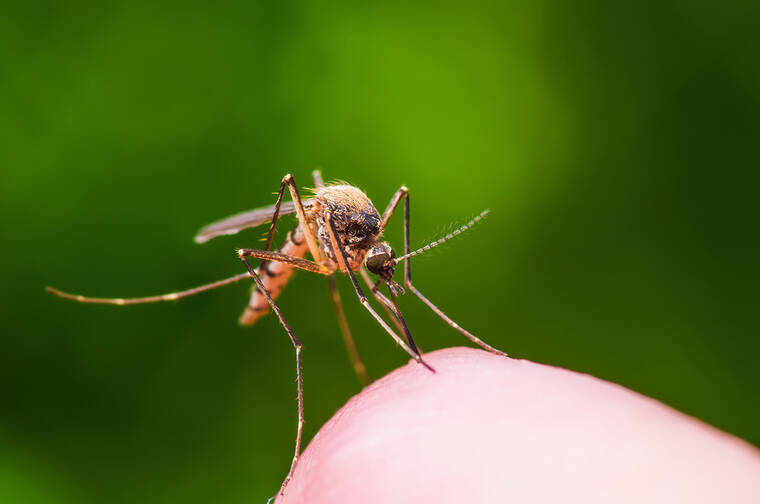The world can’t abandon the fight against malaria
Over the past two decades, the fight against malaria has been among the biggest success stories in global health. Campaigns to prevent and treat infections, particularly in Africa, have saved an estimated 11 million lives since 2000. Yet that progress has recently stalled — and in some countries, new cases are surging again.
More than 3 billion insecticide-coated bed nets have been distributed worldwide in the past 20 years. At just $5 a net, they’re responsible for 68% of the reduction in malaria cases since 2000, according to the Bill &Melinda Gates Foundation.
Those lifesaving gains may now be at risk. As a Bloomberg News investigation reveals, the declining efficacy of bed nets has contributed to an alarming spike in malaria infections. In Papua New Guinea researchers found that nets made before 2012 were all effective in killing or incapacitating mosquitoes. But only 17% of those manufactured in the past decade did the same.
The reason? Vestergaard, the Swiss company that produces PermaNet 2.0 — which has been used in Papua New Guinea and more than 100 other countries — switched to a cheaper coating researchers say rendered the insecticide less potent, but it didn’t inform the World Health Organization of the change until at least 2017. Governments have also reported defects with nets made by Vestergaard’s competitors, including some that were too small, lacked durability or had insufficient amounts of insecticide.
This cost-cutting may have helped manufacturers’ profits, but at a grievous toll to hundreds of thousands of children worldwide.
In response to Bloomberg News’ investigation, the WHO says it is “very concerned” about the use of lower-quality bed nets and plans to look into the problem. Given the damage that a resurgence of malaria would cause, more urgent action is warranted. Manufacturers should be required to provide verifiable data to health authorities on the efficacy of the chemicals used on their nets.
At the same time, the US and other rich nations should redouble efforts to fully eradicate the disease, not just manage it. Production and distribution of promising new vaccines and anti-malaria drugs to high-risk populations should be accelerated. Innovative, longer-term strategies also deserve support, such as the development of genetically engineered mosquitoes able to ward off the malaria parasite and prevent its transmission, a project spearheaded by the Johns Hopkins Malaria Research Institute.
All this will require more funding — but the need is manageable. Total spending on malaria in 2022 was roughly half the WHO’s annual target of $7.8 billion. That’s a pittance relative to the benefits of preventing needless deaths and limiting the emergence of more virulent strains of the disease. The world has made great progress against malaria. It shouldn’t give up now.


